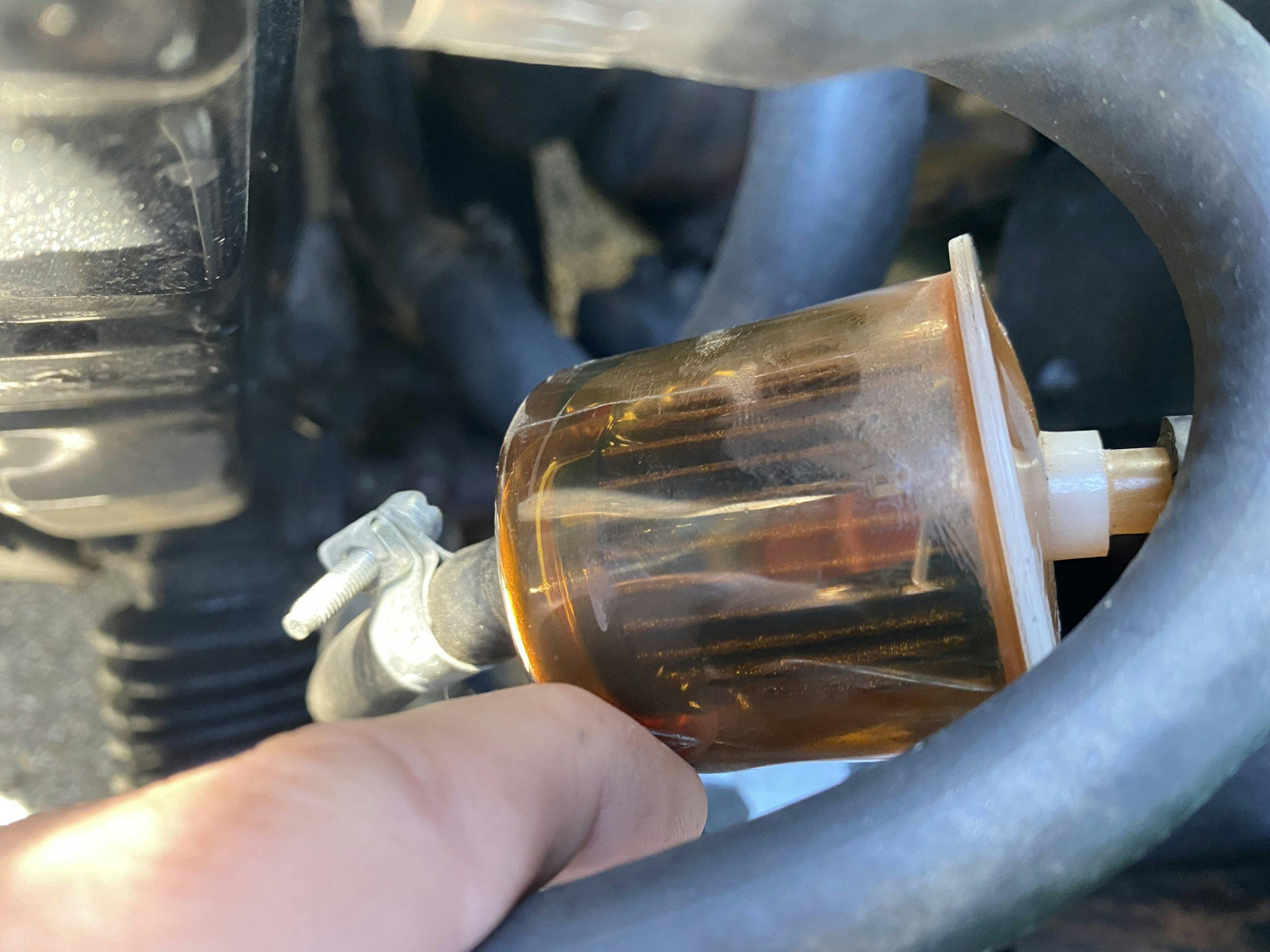Media | Articles
5 steps to bring your car out of storage for spring driving season
No amount of lamp light will cure the car lover’s seasonal affective disorder, suffered when the weather is too cold or the roads too salty for driving a classic. Luckily, spring is upon us, which means many of us are champing at the bit to get our cars out of storage and onto our favorite roads. If you haven’t already, you’re likely planning to go out to the garage soon in order to peel the car cover off and greet an old friend for a fresh season of cruising. Tempting as it might be to just turn the key and go, it’s often wise to make sure everything is in order, so as to avoid any mechanical diversions from the next blissful day of weekend sunshine. These five steps should do the trick:
Clean and inspect
Even if your beloved ride has been living under a cover for the last few months, it could use a good cleaning before hitting the town. The best part about a good deep clean-up is that it gets you up close and in personal with your car. A basic walk-around tends to overlook a handful of areas, but going over the whole body with a microfiber or a clay bar will get you noticing a lot more than a passing glance would turn up. Keep a pad of paper handy while you do this and document your observations while you go over the car front to back, or snap some photos on your phone. This written status report or photo documentation can be a useful reference in future to better understand how components are wearing or aging.
If you have the ability, put the car up on a lift or jack stands and roll underneath for a quick peek at the undercarriage. Follow the brake lines from end to end, visually inspect the suspension, and look on the floor for evidence of leaks that might have popped up or gotten worse. Again, document what is happening and make note of elements that might need more careful monitoring as the driving season goes on. Any big changes you don’t recognize should be addressed before leaving the garage.
While you’re at it, take the time now to undo any traps or rodent deterrents you placed in the fall.
Gas, tires, oil
Start at the top or the bottom, but attend to these three things before the keys get near the ignition. Tire pressures likely changed over the storage season, so top up and inspect for dry rotting and general condition because tires are often “set it and forget” items for many owners despite being items that age and wear out. The four-number code on the side of tires is easy to decipher and can help keep you and your passengers safe while cruising. Blowouts are not fun.
Marketplace
Buy and sell classics with confidence
You used stabilizer in the gas tank when you put the car into storage right?
Check the oil level and general condition. I typically recommend putting cars into storage with fresh oil, which makes bringing them out easy because it is a simple level check, top off any that’s missing, and good to go. If you want to go over the top and have decent DIY skills you can prime the oil system before first start. This is a fairly easy task on most engines but does require pulling the distributor along with a tool to spin the oil pump driveshaft.
Brakes
I’ve personally heard at least a few instances of someone firing up their pride and joy, dropping it into reverse and only realizing once rolling that their brakes were not ready for driving. It typically doesn’t end well. To prevent this, my favorite easy method (in addition to the visual inspection noted above) is the “hard/harder test.” Before starting the car, sit in the drivers seat and press on the brake pedal firmly—think of the pressure that is normal medium speed stop—and then release. Now press on the brake pedal harder—akin to the force of a panic stop—and hold it for 5-6 seconds. The pedal should remain rock solid. If there is any give or slow release of pressure there is a problem that needs addressing in your brake system. This test is designed to suss out problems that might not be visually apparent without disassembly: leaky wheel cylinders or soft brake lines, for example.
Take it slow … by not moving at all
Finally, start the engine. Even if you ran it a few times through the winter, take this opportunity to do it with a careful eye. Let it idle up to running temp. This will give you time to oversee the engine as it warms up. Inspect for leaks, smoke, or any unusual noises. Address as needed.
Drive!
Get out of the garage and head out for a short drive, start with a lap or two around the neighborhood at low speed to just get a feel for the car again. Remember, old cars have old brakes and it might require a bit of mental readjustment after a winter behind the wheel of your modern daily driver. If anything feels out of the ordinary be sure to take a mental note (or a physical one—you still have that pad of paper handy right?) and either look into it at a stop or upon returning home, depending on the severity.
Happy driving season, and feel free to weigh in with your own preferred procedures in the comments below.























